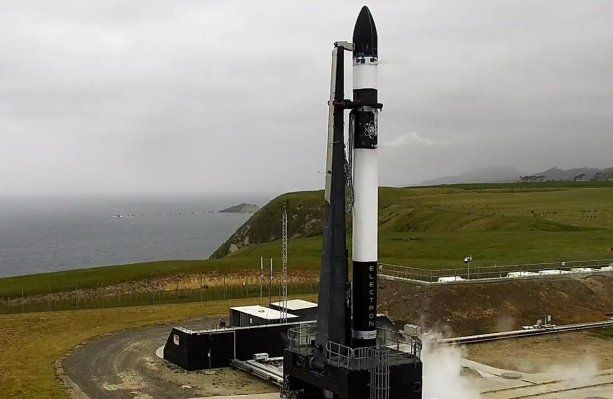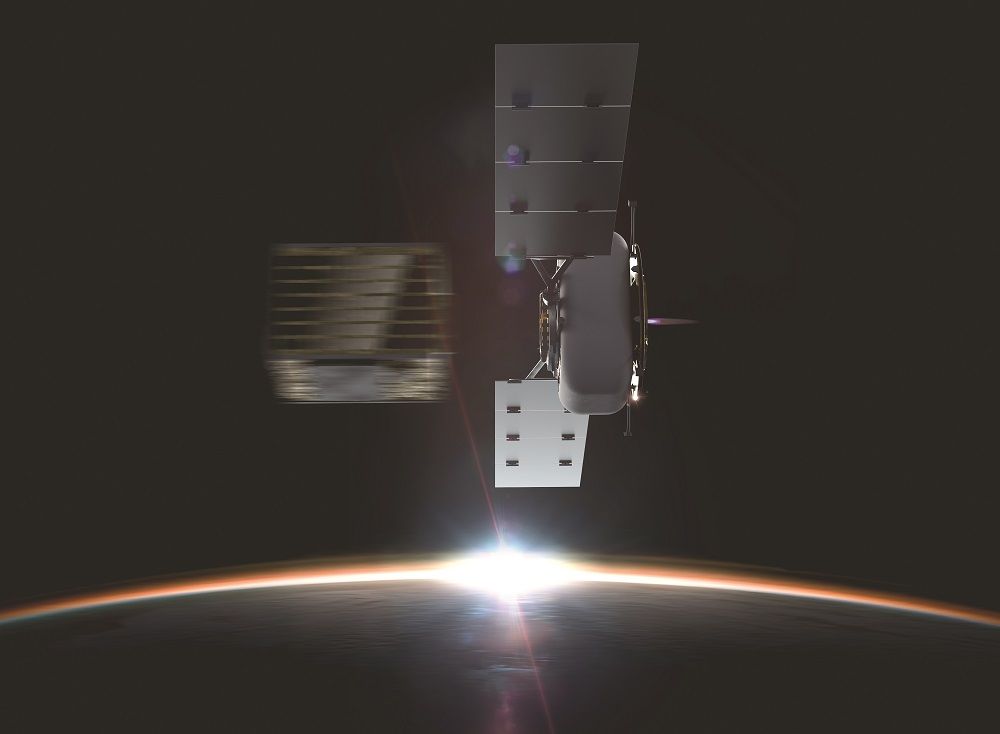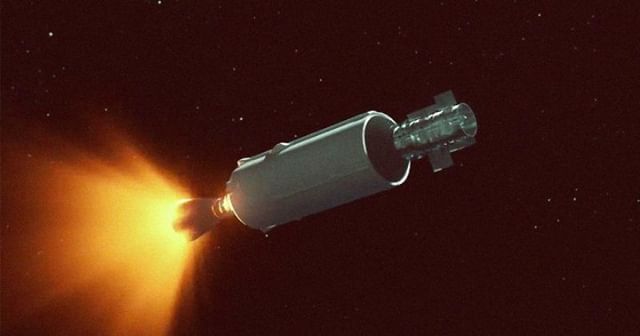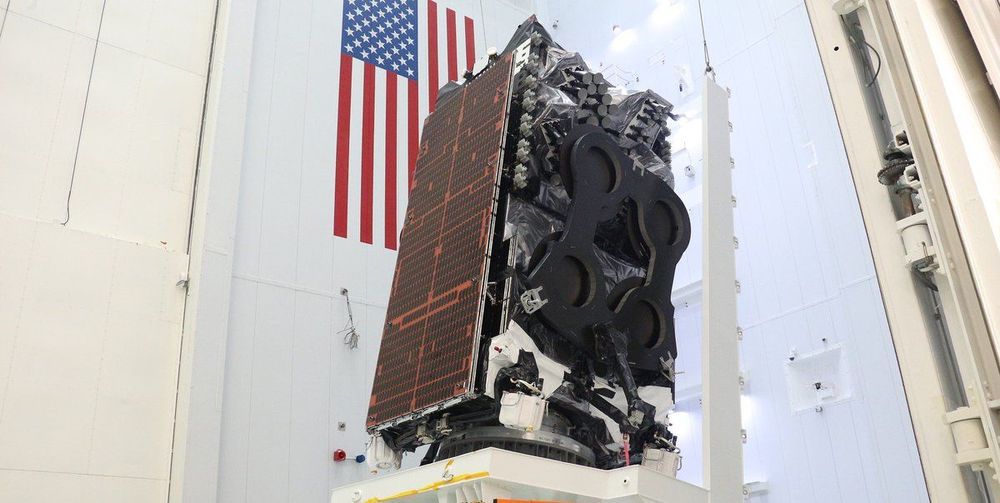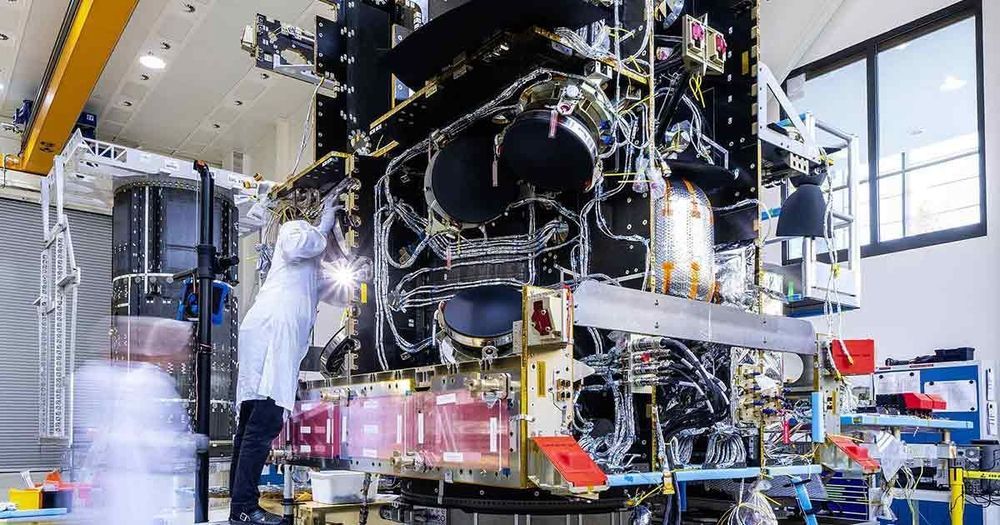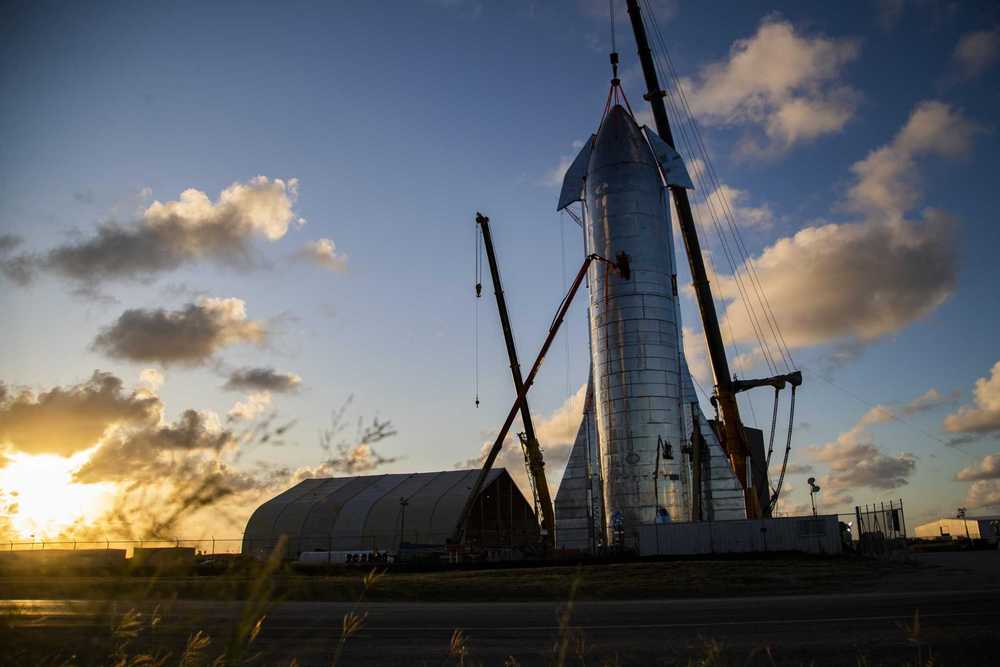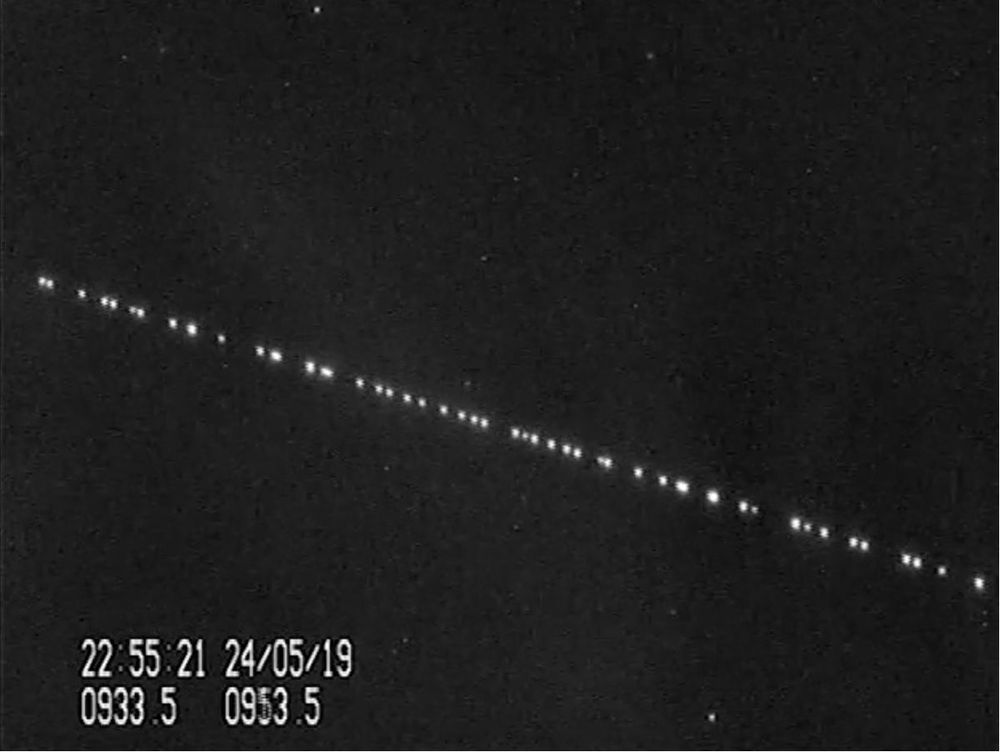Nov 25, 2019
Rocket Lab readies Electron for the first launch with rocket recovery systems on board
Posted by Genevieve Klien in categories: computing, particle physics, satellites
Rocket Lab is getting ready to fly its tenth mission, which the first official launch window during which it could happen set for this week on November 29. Aside from being a milestone 10th mission (dubbed ‘Running Out of Fingers,’ ha), this will be the first time that Rocket Lab includes technology designed to help it eventually recover and reuse elements of its launch vehicle.
After first designing its Electron launch platform as a fully expendable spacecraft, meaning it could only do one way trips to bring cargo to orbit, Rocket Lab announced that it would be moving towards rocket reusability at an event hosted by CEO and founder Peter Beck in August. To make this happen, the company will be developing and testing the tech necessary to recover Electron’s first-stage rocket booster over the course of multiple missions.
Toe be clear, this mission has the primary goal of delivering a number of small satellites on behalf of paying customers, including microsatellites from Alba Orbital and a Tokyo –based company called ALE that is using microsatellites to simulate particles from meteors. But Rocket Lab will also be testing recovery instrumentation loaddd on board the Electron vehicle, including guidance and navigation systems, as well as telemetry and flight computer hardware. This will be used to gather real-time data about the process of re-entry for Electron’s first stage, and Rocket Lab will also attempt to make use of a reaction control system to control the orientation of the booster as it re-enters.
